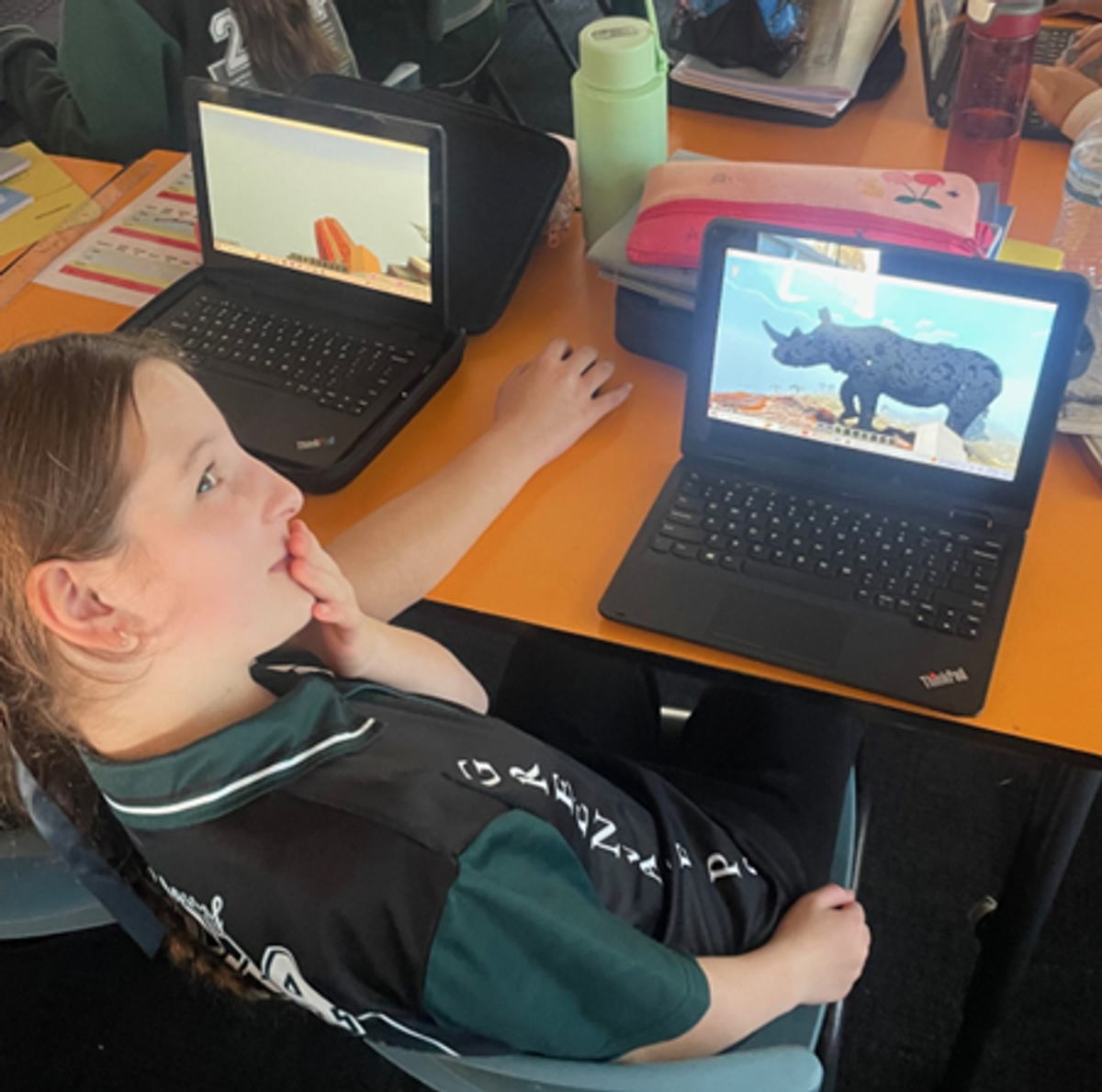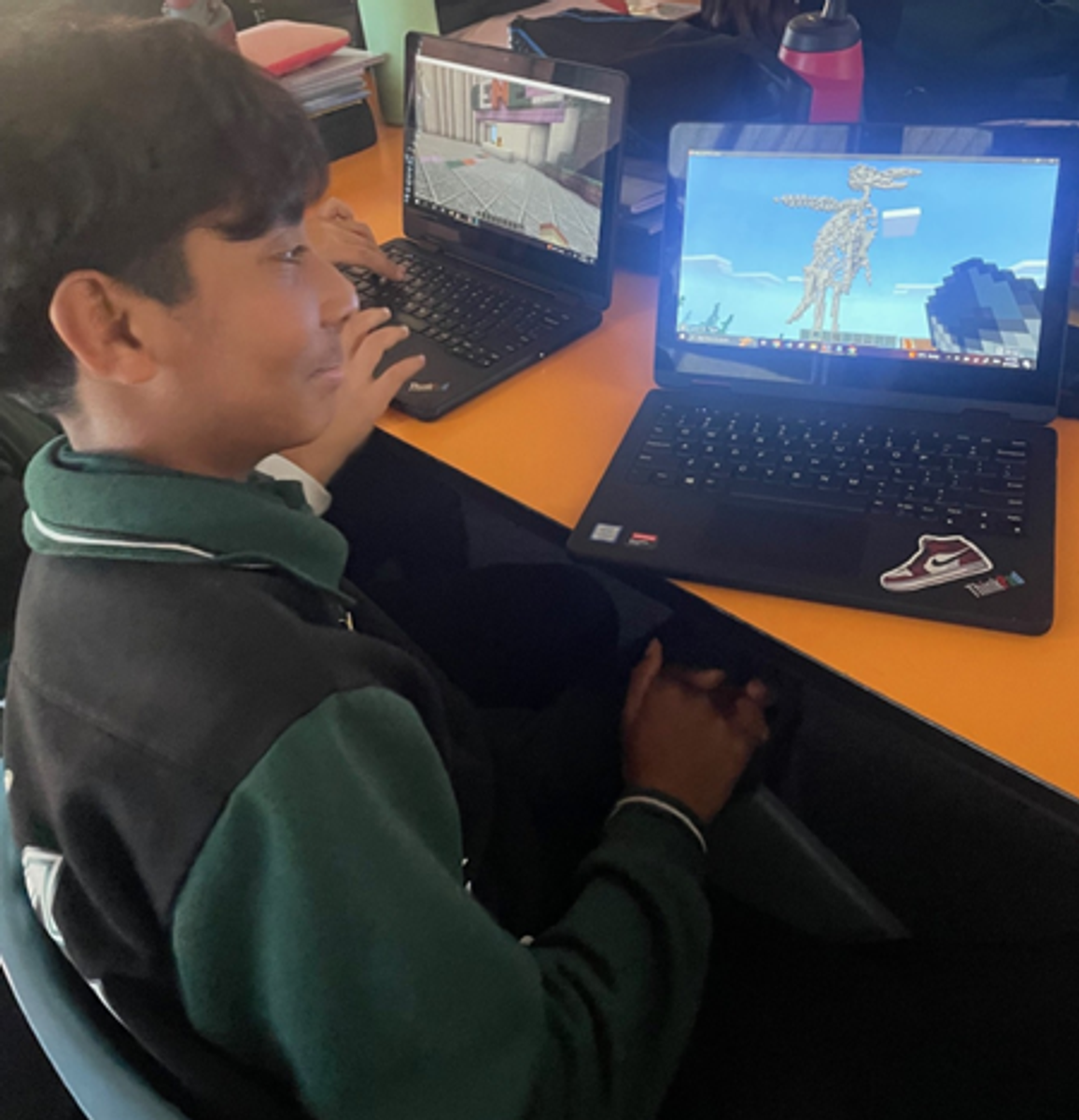Science
Sujata Symons

Science
Sujata Symons
In Science, students in years 3 and 4 completed their soil investigation and analysed rocks based on their characteristics such as texture, density, hardness and how their appearance. They also started to explore fossils, what they are and how they are created.
Soil sample diagrams






Using digital microscopes to explore the characteristics of rocks
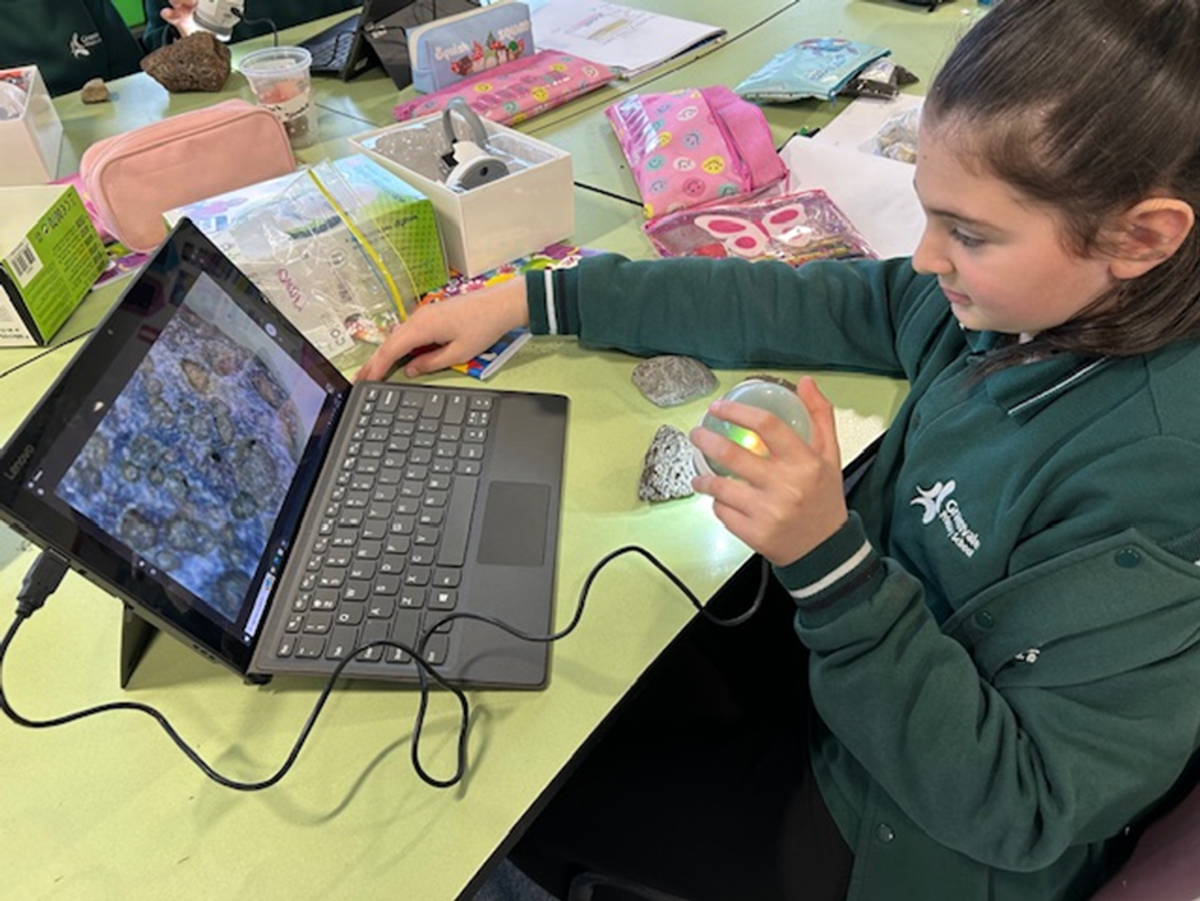
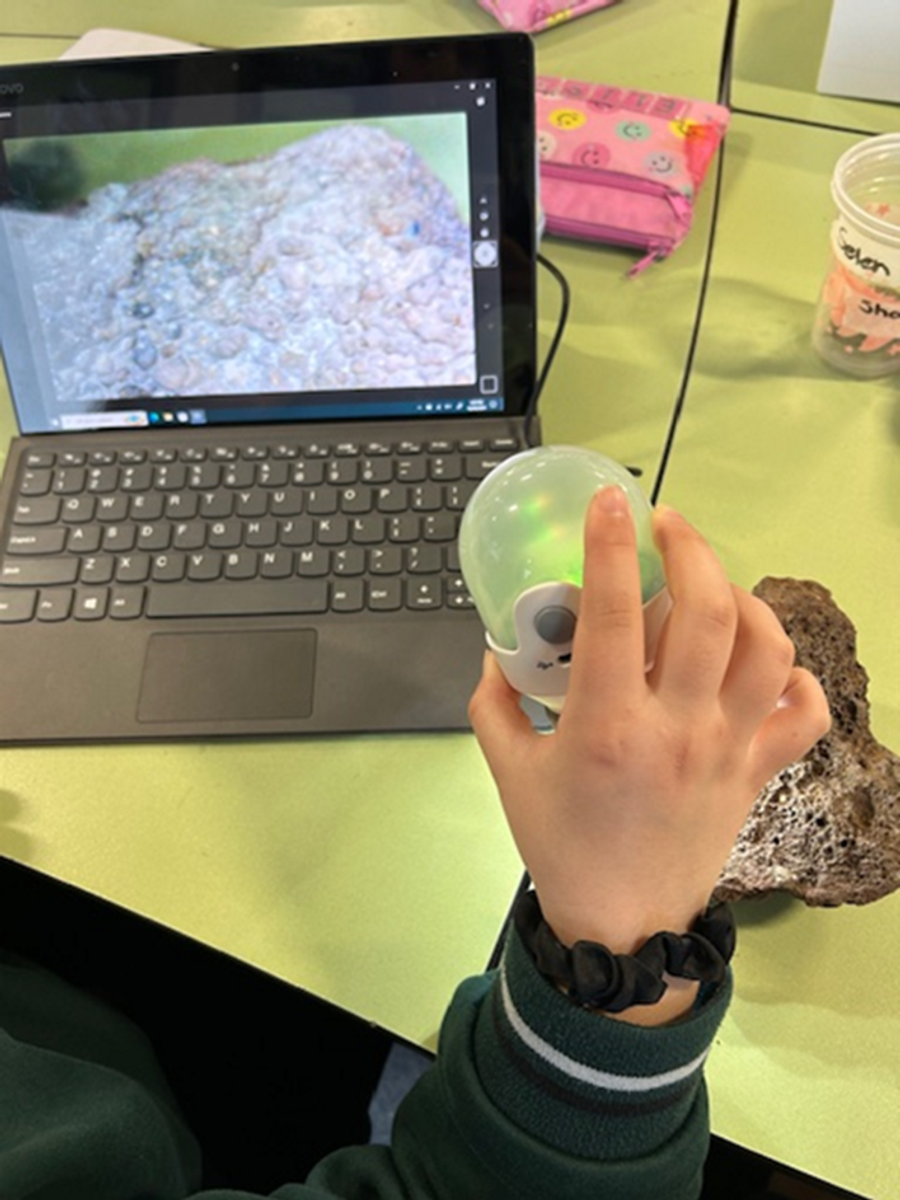


Foundation
Students in Foundation started with “Bugs in the Yard” and completed a bug survey. They learnt about caterpillars and their life cycles. Students grew grass and learnt about the needs of plants. Following this, students completed an experiment on whether leaves can breathe. They submerged leaves and predicted, observed, and explained what happened over the course of a few days.
Year 1 - The Year 1 team investigated the importance of worm farms and the importance of saving rubbish from landfill. We went on a nature walk and collected items from the garden we could make collages of mini beasts with.
We investigated life cycles and made an origami frog
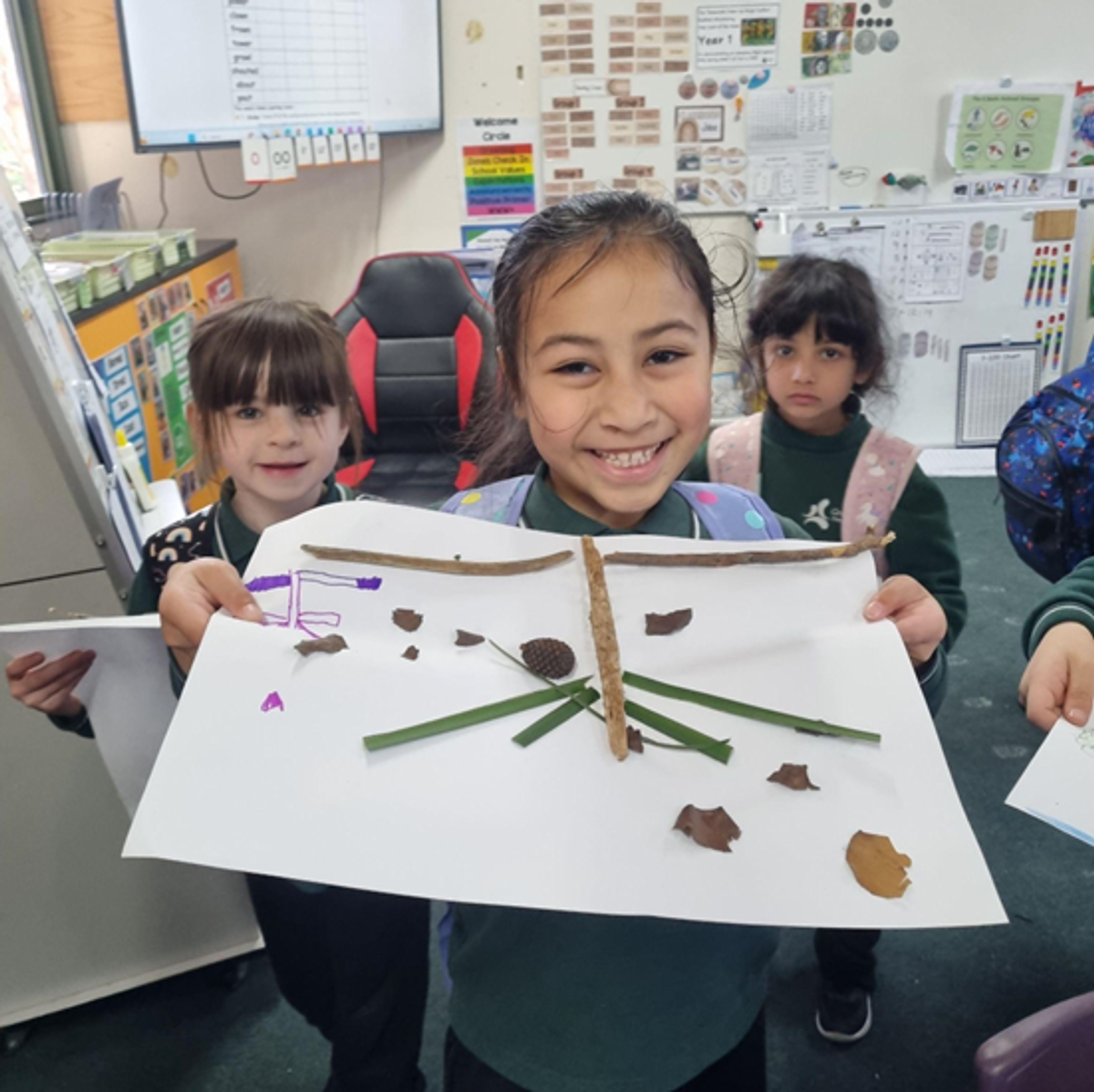





Year 2 - This week for Science Week, the Year 2 students investigated ‘Food for All’. Students participated in 2 activities across the week. The first being a leaf investigation where they walked around the school to find a range of different leaves. For example; round leaf, long leaf, eaten leaf, blade of grass and a dead leaf. Then we discussed which leaves would be good food for animals. The students then participated in a science investigation in sprouting seeds. They planted mung beans in a cup which they left soaking during the day and placed them in the dark overnight. Cress seeds were planted in cotton wool on a plate and sprayed daily with water and left in the sun. The Year 2 students observed the mung beans and cress seeds daily in a progress chart. They drew pictures of what their 2 different seeds looked like and counted how many seeds sprouted daily.
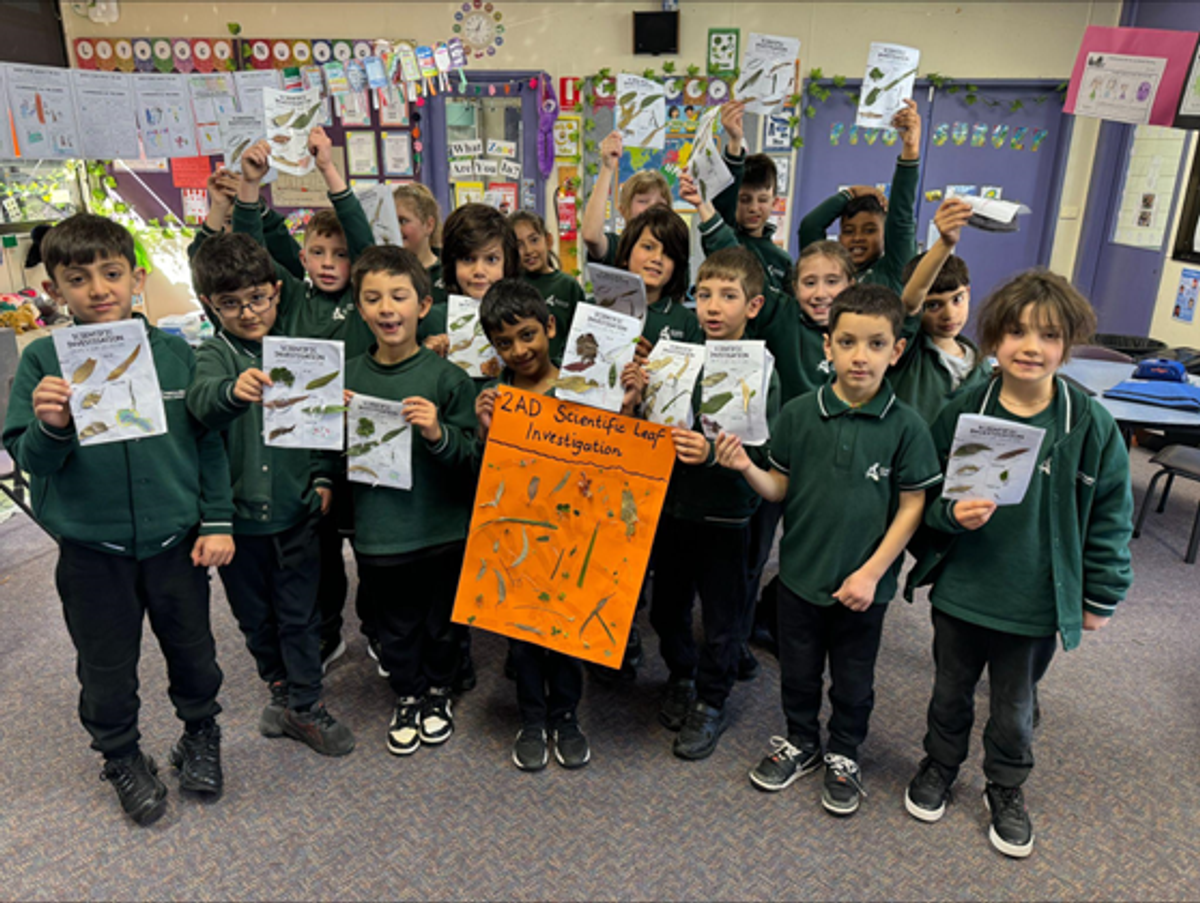

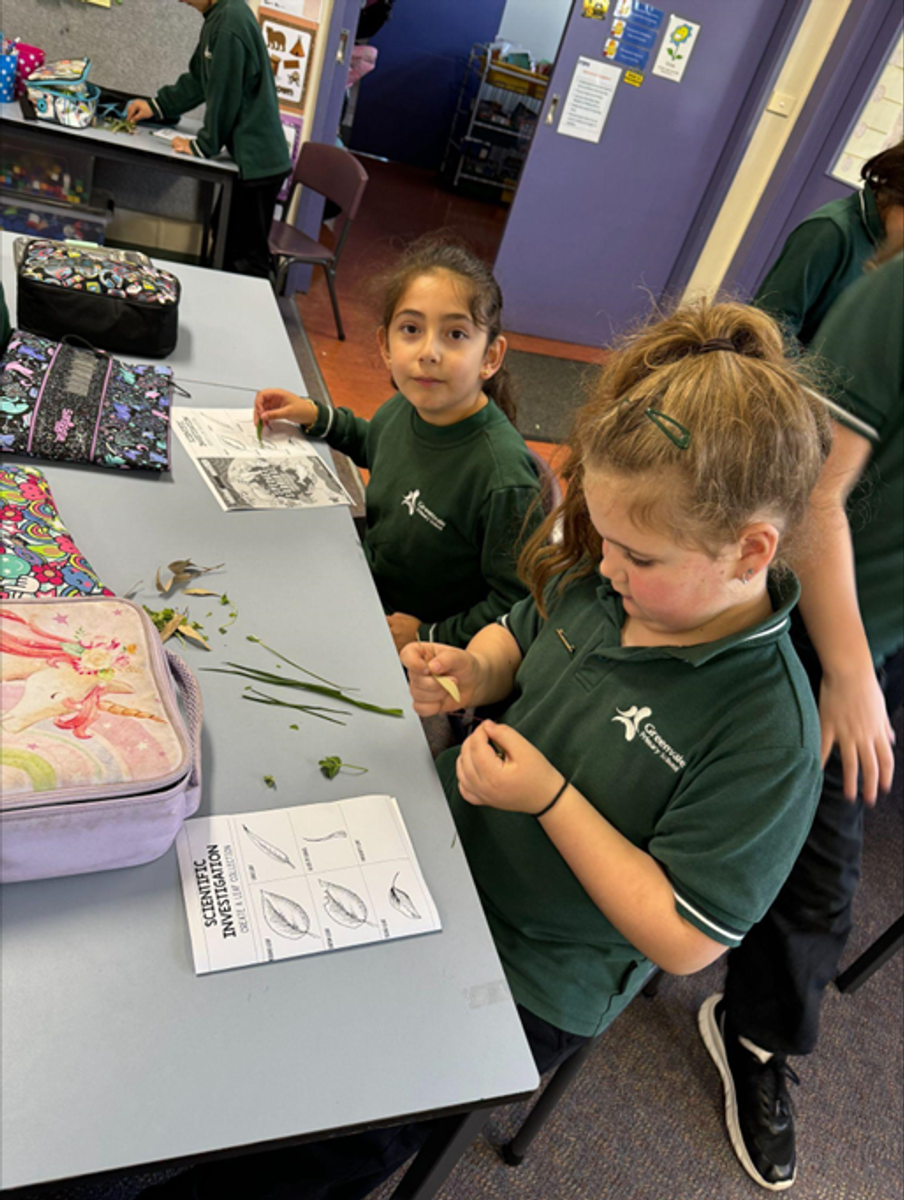
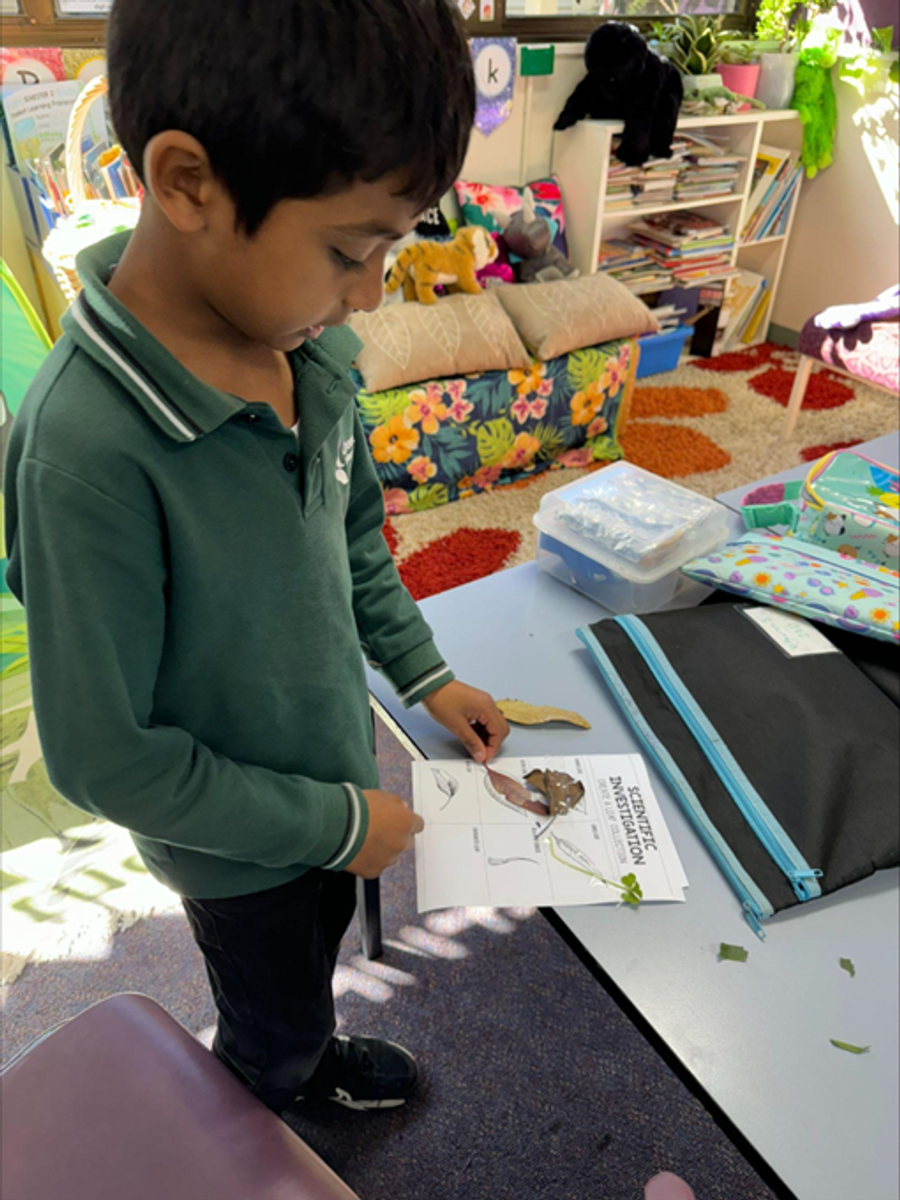
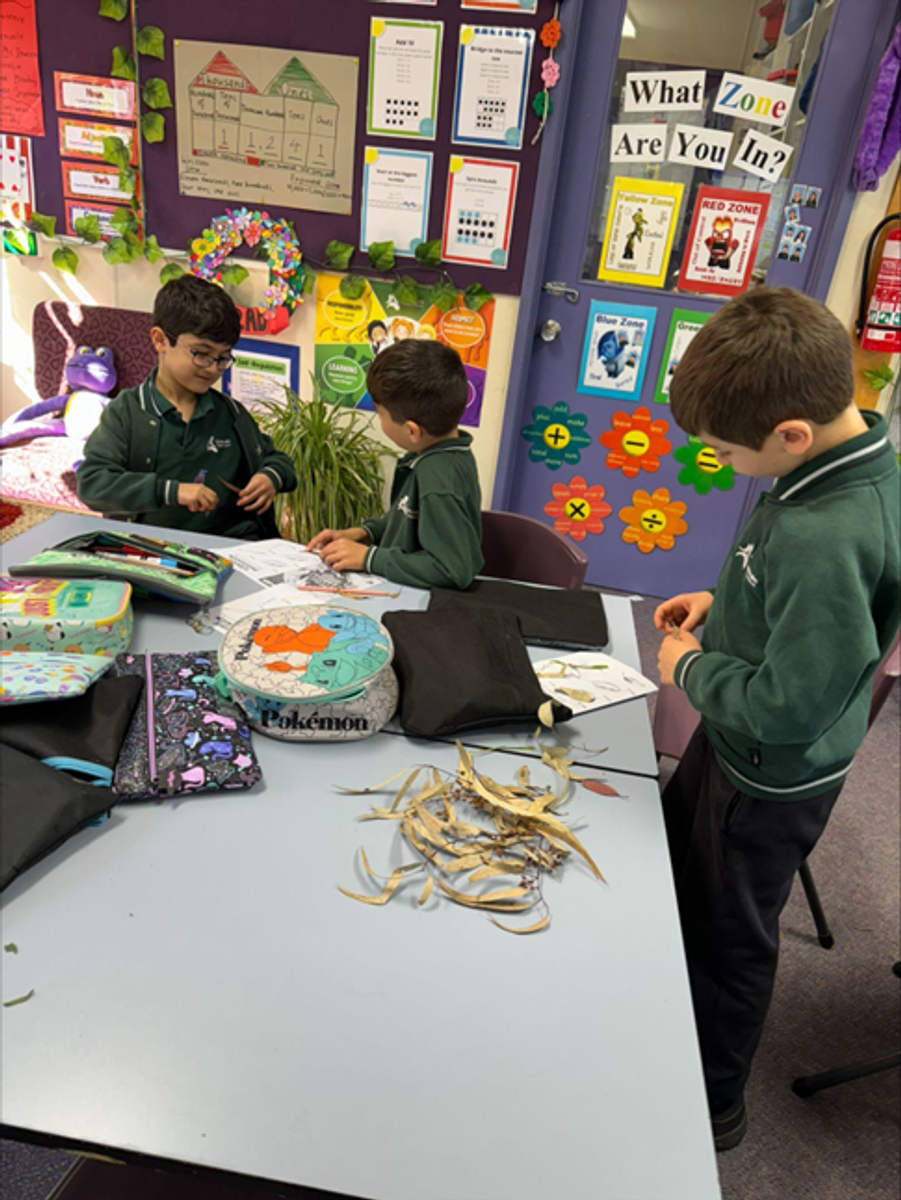



Year 3 - This week to celebrate Science Week, the year 3 students explored species that were introduced to Australia.
Introduced species include agricultural, horticultural and forestry plants and crops, and domestic animals that benefit our economy or the livability of our environment. Throughout the week we unpacked this year's theme of species survival by researching select animals and plants. Students explored ideas such as why, how and when they were introduced. They then created a poster demonstrating their knowledge and presented it to the class.
Year 4 - This week for Science Week, the Year 4 students used Minecraft to create sustainable homes that were better for the environment. They Investigated innovations in buildings that help to save energy and protect the environment. In pairs, they built a new home that uses some of these techniques.
Some of the skills involved in this task were:
Year 5 - For Science week, Year 5 students are conducting an experiment to investigate the effect of varying light conditions on plant growth, analysing and interpreting the results to draw conclusions about the relationship between light and photosynthesis.
At the start of the week students will soak a group of the seeds overnight to speed up the germination process. Students will also set some seeds aside to compare the time it takes for the germination process to begin between pre-soaked and dry seeds. Throughout the week, students will compare the shape and sizes of the growing beans.
Skills Involved in the task involve:
Year 6 - The theme of Science Week 2024 is: Species Survival More than Just Sustainability. To celebrate this exciting week, the Year 6 students used Minecraft Education to learn about what Biodiversity is and why certain animals are more likely to become vulnerable to extinction. Students explored and learnt about animals from the Ice Age period such as Mammoths, to current day vulnerable species such as orangutans. Analysing the reasons why some animals are extinct or are on the verge of extinction, students learnt about how humans can live more sustainably and raise awareness for these endangered species.

